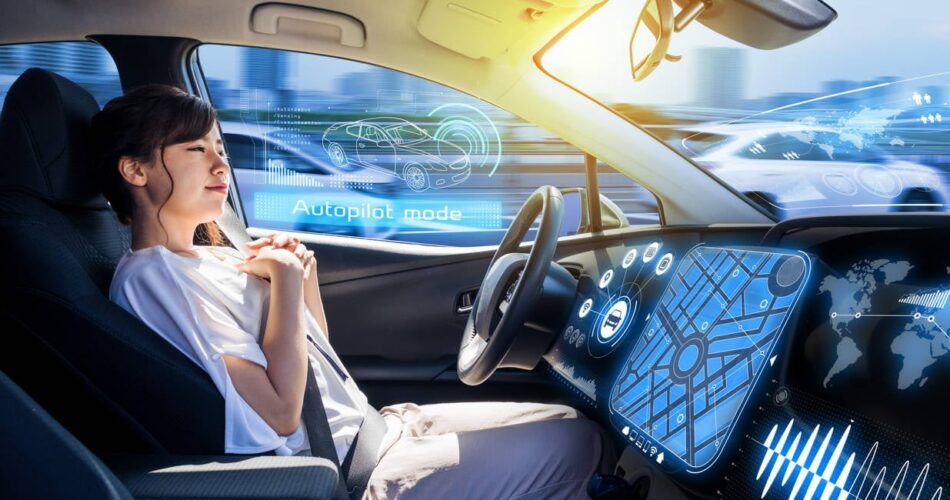If widely adopted, self-driving cars are going to introduce another source of unaccounted-for carbon emissions that could surpass those of the world’s current complement of datacenters: The computer brains that power them.
This, of course, assumes self-driving cars capable of level 4 or 5 autonomy are actually realized, but the trio of MIT researchers behind the findings say the framework they’ve built to model carbon emissions from computers inside autonomous vehicles (AV) should call attention to hidden carbon costs and help the auto industry plan for a greener future.
“We are hoping that people will think of emissions and carbon efficiency as important metrics to consider in their designs,” said Vivienne Sze, MIT associate professor of electrical engineering and computer science and co-author on the paper.
Our potential AV future is a carbon-heavy one
The MIT researchers say that, if trends in computing power and green energy adoption hold true, and if “projections based on aggressive cost reduction and high customer satisfaction [that] can yield AVs capturing up to 95 percent of the market share by 2050” are correct, an assumed global fleet of one billion AVs driving an average of one hour per day, using a computer that consumes 840w, would consume enough power to equal global datacenter emissions from 2018.
Per the paper, global datacenters accounted for 0.3 percent of carbon emissions in 2018, roughly equivalent to the entire country of Argentina.
Modeling something like carbon emissions from onboard AV computing can look simple, said paper lead author and MIT graduate student Soumya Sudhakar, “but each of those variables contains a lot of uncertainty because we are considering an emerging application that is not here yet.”
There are unknowns aside from AV adoption to consider, and the MIT researchers admit as much in their paper. Level 4 and 5 autonomy, for example, “is still an active area of research and is proprietary for industry,” the authors said, forcing them to use existing deep neural network self-driving algorithms as the basis of their compute power calculations.
Setting aside the potentially limiting assumptions made in the paper, the researchers say that in most of their scenarios, AV computing power doesn’t just meet the aforementioned 2018 datacenter emissions number, but soars past it, unless onboard computers are kept to less than 1.2 kilowatts of power for computing.
AV compute power draw doesn’t just have to stay below 1.2kW, either – the rate of computer hardware efficiency gain needs to pick up as well, from doubling every 2.8 years to doing the same in just 1.1 years “to keep [AV] emissions under [2018] levels.”
“If we just keep the business-as-usual trends in decarbonization and the current rate of hardware efficiency improvements, it doesn’t seem like it is going to be enough to constrain the emissions from computing onboard autonomous vehicles,” Sudhakar said.
We’re getting in on the ground floor
With autonomous vehicles still years from reality, the MIT research team reckon there’s plenty of time to get out ahead of the problem of the carbon cost of AV computing, but it won’t be easy.
Specialized hardware, for example, could reduce the complexity of onboard computer hardware and reduce its energy cost, but automobiles have a much larger lifespan than other types of computing hardware, meaning hardware could outlast software. That means AVs need to make a tradeoff between specialized and general computing hardware that, again, will increase carbon costs.
Algorithmic improvements could help efficiency too, but simplification could mean less safety, the researchers said, meaning yet another tradeoff has to be made.
That’s not to mention the carbon use from burning energy to power the sensors and other parts of an AV, or emissions from AV construction, which the study said it didn’t account for.
“This has the potential to become an enormous problem. But if we get ahead of it, we could design more efficient autonomous vehicles that have a smaller carbon footprint from the start,” Sudhakar said. ®
Source link



